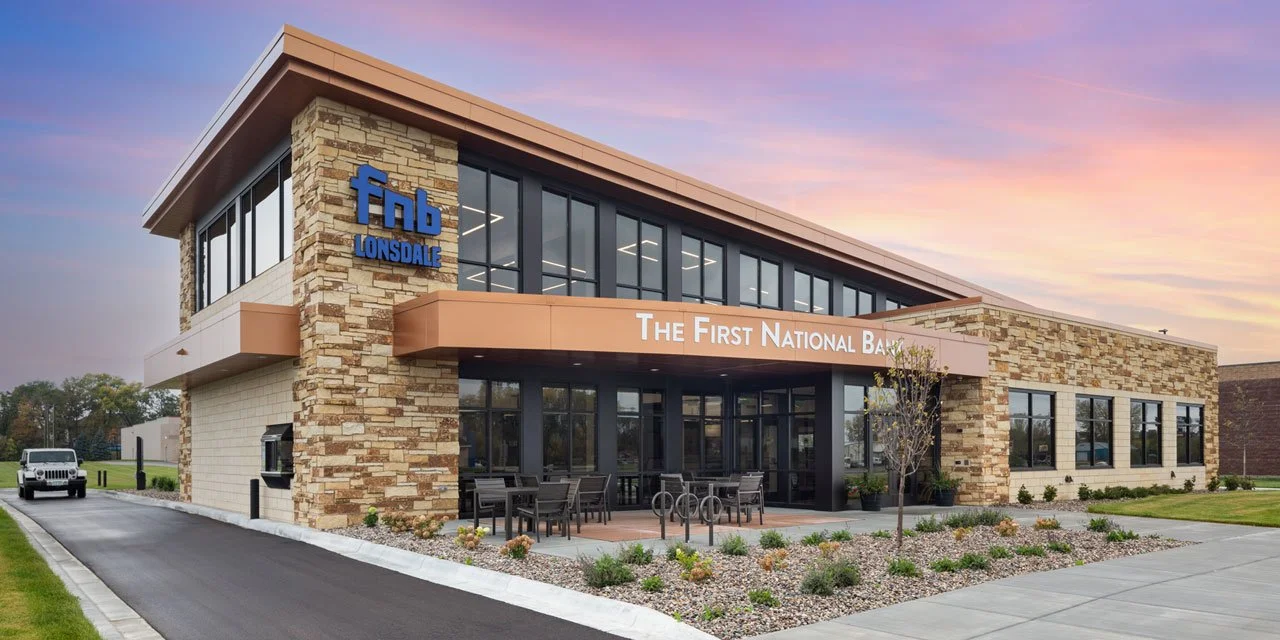Top Three Banking Trends for 2022
The pandemic changed the way we viewed the world in many industries — and in finance, it accelerated emerging trends. Even before COVID-19, technology improvements were already impacting in-person banking, and baby boomers were already demanding more attention to retirement and wealth management services. But the pandemic pushed these trends ahead by several years.
Now, businesses need to figure out how to move forward faster rather than figuring out how to return to the old status quo. In order to thrive in the current environment, the banking industry has to embrace broader trends and develop a specific vision to serve its clients in the future.
Fintech
Fintech is a relatively new business term referring to the financial technologies developed to meet consumer demands for quick, convenient and secure financial transactions. Fintech companies like Venmo, PayPal and Square have disrupted the way financial transactions occur on both a personal and business level. In the past, if you bought concert tickets for a friend, they might write you a check which you would deposit at your local branch. Today, it’s, “Venmo me.”
With the exception of the pandemic, technology has been the primary driver of change in the banking industry over the last 15 years. The pandemic shutdowns prompted the financial industry to quickly improve its online presence and services and adapt to the reality of less in-person traffic.
Even before the pandemic, the days of customers showing up to deposit their paycheck were fading fast. Moving forward, banks and financial institutions will likely continue to be affected by public health situations that might require closing the lobby and working remotely.
Although developing capabilities to compete directly with fintech companies may not be cost-effective, adapting to the emerging desires of your customers and serving them with increased attention is a reliable way to grow market share. While e-banking, direct deposit and mobile checking have made banking easier for online customers, the next challenge will be staying relevant to clients who prefer in-person banking.
For certain demographics and locations, the destination and the experience of traditional, personal financial attention will remain important factors in the decision of where to do business.
In-Person Banking and Physical Space
Urban and rural communities approach financial transactions differently. Depending on the communities you serve, your financial institution may have to tailor its services to the specific desires of these customers.
For instance, smaller communities still value in-person banking. At the same time, younger members of these communities will expect the convenience of modern banking practices. Meanwhile, urban locations may be able to function normally with a pared-down lobby, a single teller booth and an ATM. Understanding the culture of the communities you serve will be essential when customizing the delivery of your services.
External factors will continue to impact your vision of how to serve customers in the future. For instance, another health crisis could necessitate more lobby space for customers to social distance. Alternatively, more online transactions may mean fewer teller spaces in certain branches. And while younger customers may rarely want to interact in a physical location, the older generation’s demand for in-person banking may increase even more. Their expectations for personal customer attention, financial education and wealth management services may mean more meetings with relationship managers in private offices and conference rooms.
Rethinking the function of your physical building may prompt some remodeling to improve efficiency. Changing your workspace is also a public expression of how your business is evolving to adapt to the needs of the various segments of the community. Upgrading your HVAC system demonstrates care for your customers in response to a public health crisis. These messages communicate to your community and can help restore personal relationships that may have been ruptured by new technology and the pandemic.
Repurposing your current space and remodeling is a possibility as you consider your vision for the future. Even building a new branch from the ground up may turn out to be cost-effective. Many factors must be evaluated, but whichever direction is decided upon, the space needs must match the evolving requirements of the business and your customers.
Consolidation
Like many industries, mergers and acquisitions in the financial services industry are cyclic. And it is fair to say the banking industry is in another merger cycle. The Wall Street Journal noted that the number of banks merging in 2021 was at a pace that we haven’t seen since 2008.
New forces in the world around us are prompting change in creative ways. If you want to grow, there are new practices, trends and technology to help you achieve that. Similarly, if you want to sell, there are plenty of buyers.
If you are still spinning from the demands brought on by the pandemic, technology or the changing desires of customers, you are probably not alone. But you do need to choose a path forward. To insist on remaining unchanged will be as obvious to your customers as it will be to your competitors.
Reimaging the Role of Banks
Banks have always been a hub for businesses, but daily and weekly transactions are shifting online to meet the consumer’s demand for convenience. Yet, depending on how industry leaders envision the future, those transactions may also become even more personal and highly tailored. You may wish to make physical changes to your location to increase efficiency, like a smaller lobby and staffing fewer tellers — but your customers may also want a more comfortable, elegant meeting space for the less frequent and more intimate family financial discussions.
Current trends will always impact the banking industry. But no matter what changes the future brings, listening to your customers, understanding their desires, and anticipating their needs will always position your business to serve them well. If it’s time to make some upgrades to your financial space, HTG Architects is here to help. Contact us today to learn more about proven processes or services.

